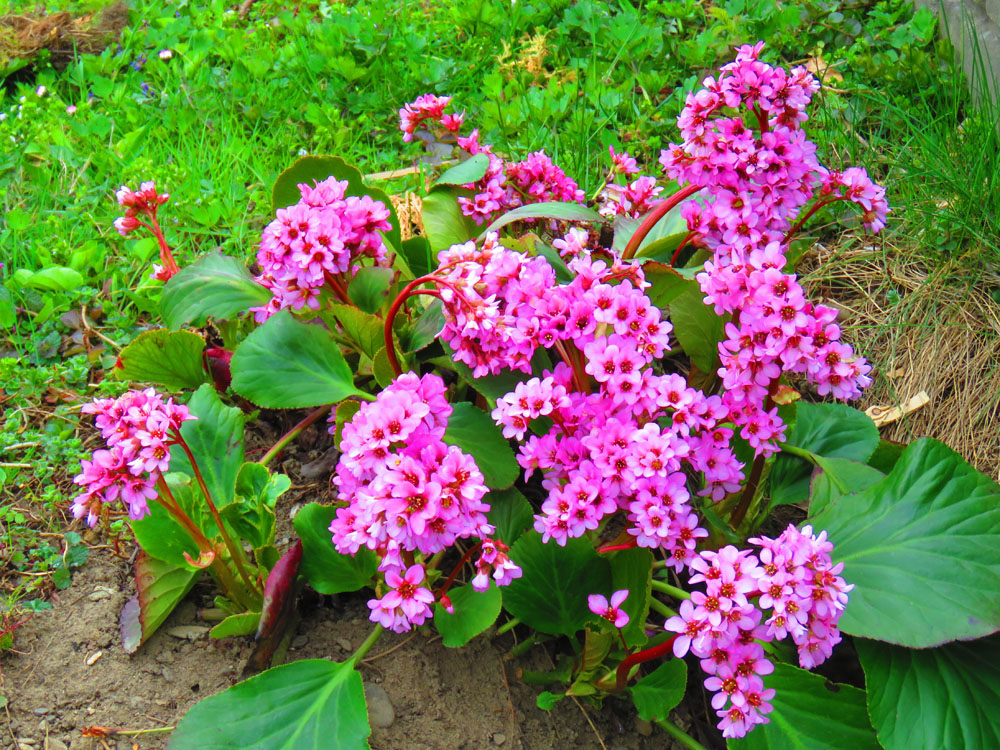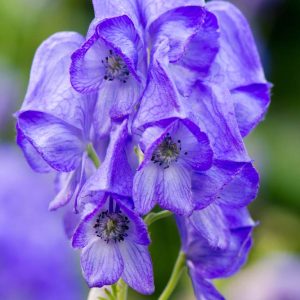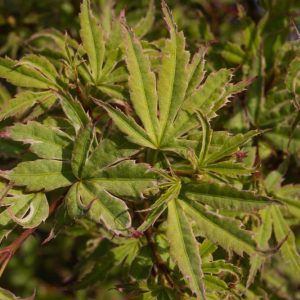Description
Bergenia – Megasea – Elephant’s Ears – Pigsquek –
There are about 8 species and many hybrids, of loose clump forming, rhizomatous, semi evergreen perennials, in this genus. They occur from meadows, rocky moorland, and moist woodland in Central and Eastern Asia. They have tough, thick rhizomes and distinctive rosettes of alternate, simple, smooth edged or toothed, obovate or oblong to broadly ovate to paddle shaped, leathery, glossy leaves, many coloring well in winter. Panicle like cymes of shallowly funnel shaped to bell shaped, 5 petalled flowers, usually ½-1″ across, on short, branched, often red or purple flower stems, are borne mainly in winter and spring. Grow in a woodland garden or border, or as a groundcover and rockery plants
Grow in humus rich, moist but well drained soil in full sun or partial shade. Most dislike extremes of heat and drought, but will tolerate exposure and poor soil, which enhances their winter leaf color. Divide every 3-5 years in autumn or spring after flowering. Remove spent flowerheads to prolong flowering.
Prone to fungal leaf spots, rhizome rot, weevils, caterpillars, foliar nematode, slug and snails.
B. crassifolia – Siberian Tea – This clump forming perennial from Eastern Russia grows 18″ tall and wide. It produces ground hugging oblong, obovate or broadly ovate, blue green leaves, 3 ½-7″ long with bristly, reddish edges, becoming more red in exposed sites, especially in winter. In late winter and early spring it bears dense clusters of nodding, deep pink flowers, atop of branched reddish green stems.
Zones 3-8





